The question we get asked more than almost any other here at 500px is a deceptively simple one: “What kinds of photos sell?” People want to take advantage of our marketplace to start making cash from their photography, but they don’t want to waste their time submitting work that doesn’t sell, so they ask us great questions like, “What do buyers actually want?” and “How do I capture photos that sell?” Simply Sellable is our attempt to answer these difficult questions weekly. Each week, one of our expert Content Editors picks their favorite photos that have sold recently, and explains exactly WHY they sold—what makes those photos “simply sellable.”
This week, one of our content editors Janet Kwan sat down with one of our Marketplace’s best-selling photographers Igor Milic. In this exclusive interview, he shares his tips how to create photos that sell. Check out his profile to get ideas for your own shoots, and read on before submitting your photos to the Marketplace. You might pick up some valuable insights from his success story.
3 Tips For Shooting Stock Photos
1. Be patient and persistent. Sometimes I’m not satisfied with the sales of certain photos, but in these situations you must stay positive, and work even harder and better. Results will surely come.
2. Always be well prepared for a photo shoot with your ideas, location, model, and time of day. You should never arrive unprepared at a stock photo shoot, especially if you’re hiring models, so that you maximize everyone’s time and budget.
3. Invest in your education. Contact your favorite photographers, and ask for their advice. If they have time, most accomplished photographers are willing to help. Learn from tutorials, and practice daily. This will help you to improve your photos and increase your sales opportunities.
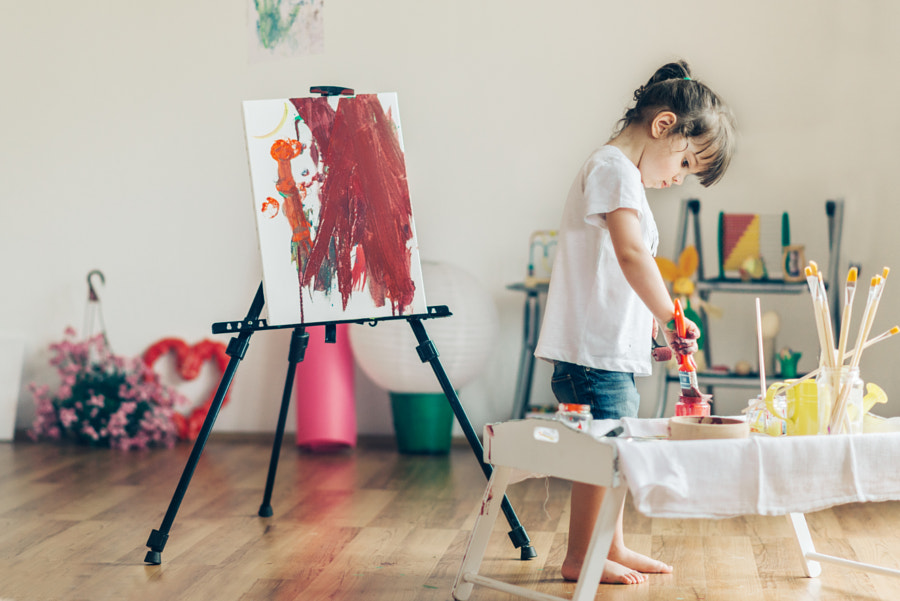
Interview
How did you get started in stock photography?
I’ve been involved with photography since I was a teenager. I had my first exhibition in high school but when I entered law school, I neglected photography because of time constraints. When I had some spare time, I spent it with my camera. After I finished law school, I was at a crossroads on whether my job should be something I love to do, or what I was educated for. A friend of mine who was a stock photographer suggested that I submit my photos to stock agencies. From there, I made a few sales. And now here I am, still doing the job I love.
What does your kit look like?
I had a few different cameras. The camera that I liked the most, and that I consider to be my first one is the Nikon D70s. I’m currently using a Nikon D800, and my kit includes a Nikon 24-70mm f2.8, Nikon 85mm f1.8, and 105mm macro f2.8.
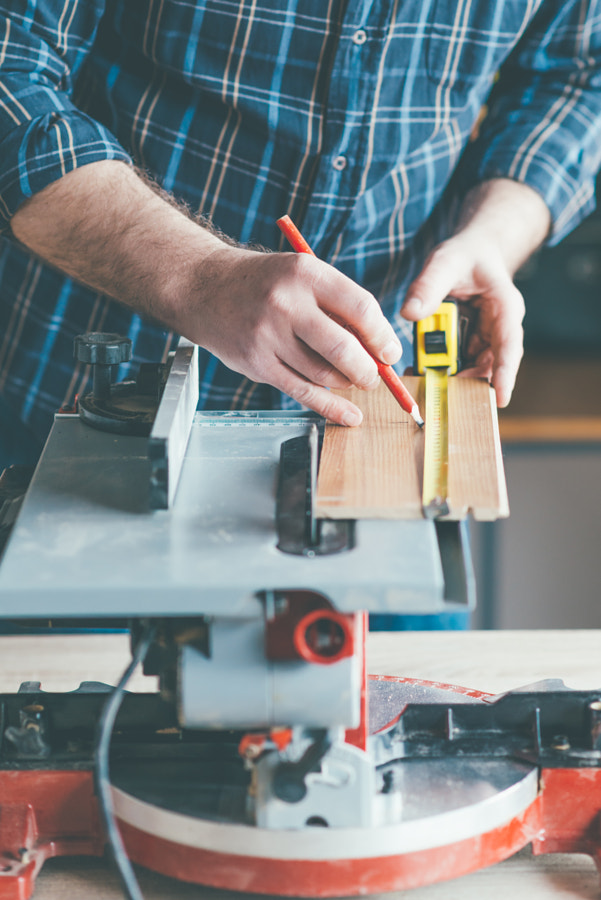
What are your steps in planning a shoot?
I have a few steps for planning a shoot. Once I’ve decided the topic, that’s when I start organizing the shoot. The first step is to get everything together. I search for suitable models, locations, and wardrobe. If I shoot outside, I check the weather forecast. Two days before, I’ll scout the location to find the best spots, and to see what time the light will be at its best, which is usually in the early evening. It’s very important to do all this preparation beforehand, so that once the shoot day arrives, you can concentrate on the models. After all of that comes the most interesting part—the shooting.

How do you decide what to shoot?
First, I pay attention to global events that are coming up. For example, currently, I’m thinking about the photos for beginning of the new school year. Usually, a month and a half earlier, photos of a particular event are already submitted for licensing. Pay attention to the timing, because this is very important! If you shoot photos on the beach in the middle of the summer, save them and send them in March, April, because experience tells me that you will have bigger sales than if you sent them in the middle of the summer. I also follow the themes that are popular, and what are stock buyers look for the most in a given period. I follow the collections chosen by editors because they are in direct contact with the buyers. I follow blogs and the advice of the editors, and I look to popular magazines for ideas. That way, I get the bigger picture of what is required. This inspires me, and gives me my own ideas.
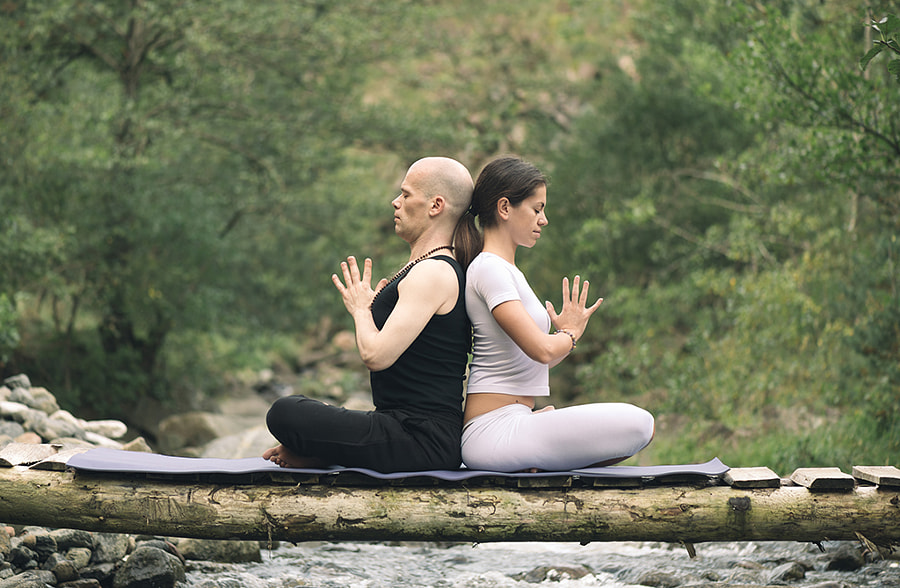
How do you direct models so that they look natural and comfortable?
My photos are all about the models, whether they are models from an agency or my own friends. It is imperative they are relaxed and enjoy the experience. If I shoot in a studio, I tether my camera to the computer, so the models can see how the images turn out. This makes it easier for me to correct what I don’t like, and to explain what I want. When I shoot specific situations, I want the models to think about what they’re doing and not about the camera. I want them to be fully engaged to create realistic moments. Always talk with your models and communicate with them throughout the process, or they may think they’re doing something wrong. Be positive and encourage them. When you shoot with children, make sure their parents are present, so they feel comfortable and relaxed. Lastly, remember that you, the photographer, set the tone of the shoot. If you show that you’re stressed, everyone else may feel the same.
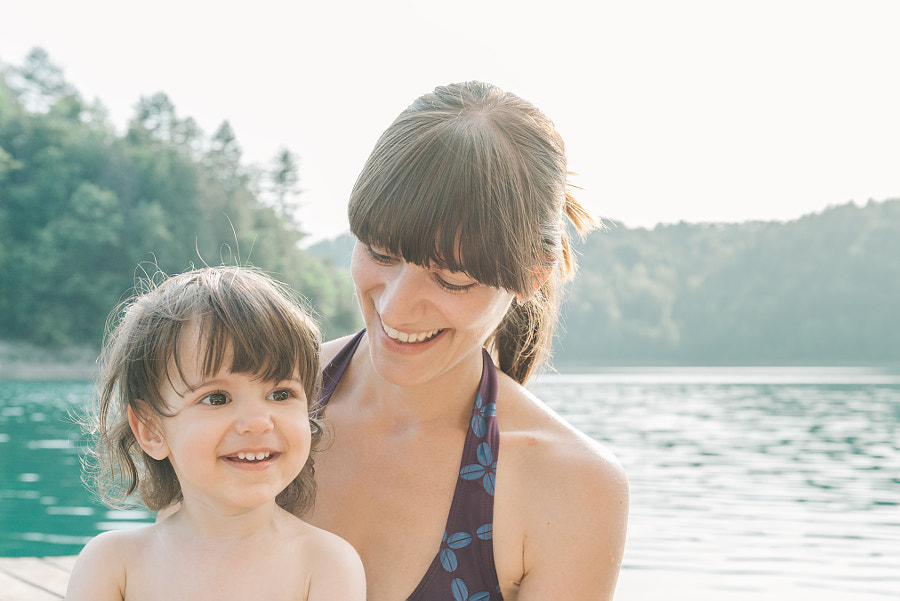
Is post-processing important to your work?
Post-production is absolutely necessary for my work. But if the image is not executed well in-camera, post-production won’t be able to save it. Even if you are an expert in Photoshop, you still have to create a good photo out of the camera if you want good results.
How long does it take to edit your photos?
Time of post-production depends on the type of photography I am working on. A lifestyle photo can take about 10-15 minutes, but retouching a fashion or beauty image can take an hour and fifteen minutes.
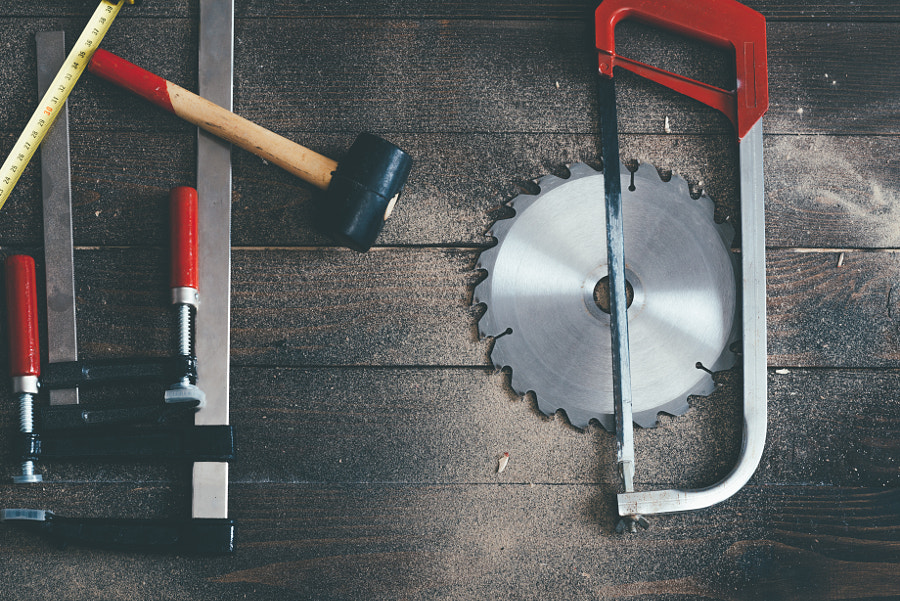
Who are your favorite photographers?
My favorite photographer and retoucher is Julia Kuzmenko McKim. She’s the reason why I love beauty photography and post-production. Often I get envious, and I wonder if I’ll ever be able to create photos as good as her. I also really admire the work of Elena Shumilova.
If you have any more questions for our content editor Janet Kwan or our Marketplace photographer Igor Milic about his insights above, don’t hesitate to drop them in the comments below. And don’t forget to check back in for the next installment in the series!